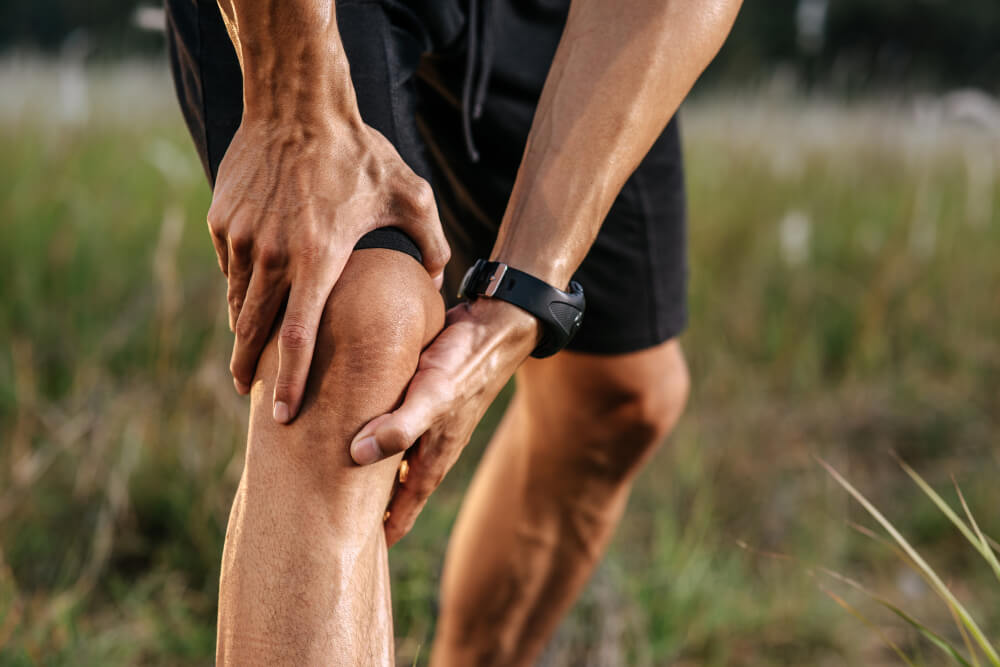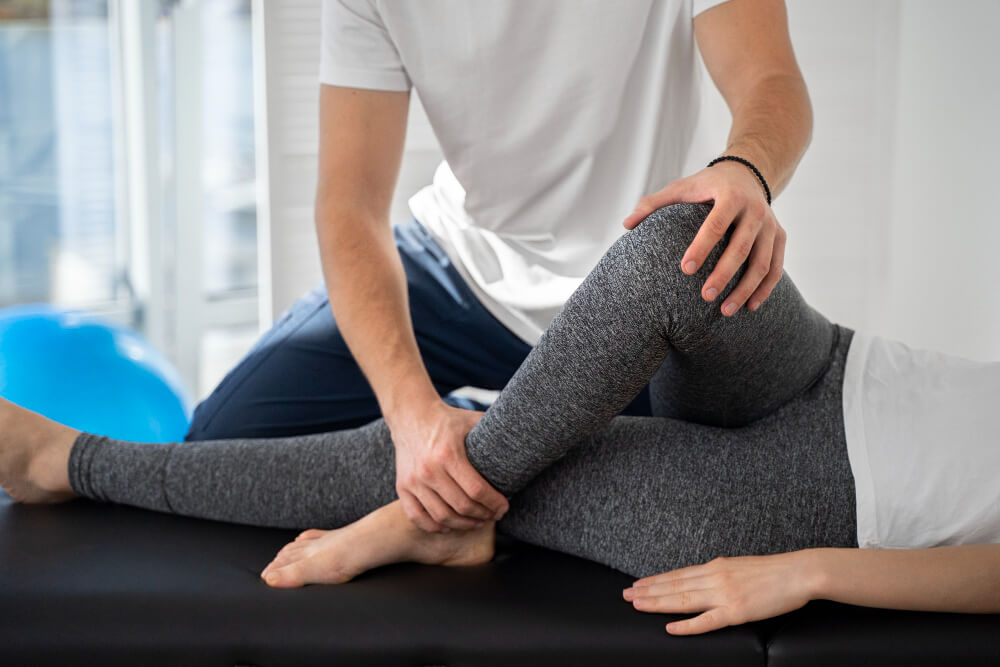Kick Knee Pain to the Curb: Expert Treatment Options for Lasting Relief
Knee pain is a common complaint, affecting millions of people worldwide, regardless of age or activity level. It can significantly limit your mobility, hindering your ability to participate in activities you enjoy and impacting your overall well-being. While a simple ache might seem like a minor inconvenience, persistent knee pain can significantly disrupt your life.
The good news is, you don’t have to suffer in silence. This article delves into the world of knee pain, exploring its common causes, the signs and symptoms to watch for, and a variety of treatment options available to help you achieve long-lasting relief.
Kick Knee Pain to the Curb: Understanding the Causes
The knee joint is a complex structure, bearing significant weight and facilitating movement. Several factors can contribute to knee pain, including:
- Injury and Trauma: A sudden blow to the knee, a fall, or ligament tears from twisting or overextending the joint can cause significant pain, swelling, and instability.
- Arthritis: Osteoarthritis, the wear-and-tear of cartilage, and rheumatoid arthritis, an autoimmune disease, are common culprits of knee pain, particularly in older adults.
- Overuse and Repetitive Stress: Activities like running, jumping, or frequent squatting can put stress on the knee joint, leading to inflammation and pain over time.
- Meniscus Tears: The meniscus, a C-shaped cartilage that cushions the knee joint, can tear due to sudden movements or twisting, causing pain, swelling, and clicking sounds in the knee.
Recognizing the Signs and Symptoms of Knee Pain
While knee pain can manifest differently for each person, some common signs and symptoms to be aware of include:
- A dull ache or sharp pain in the knee joint
- Pain that worsens with activity, particularly stair climbing, squatting, or kneeling
- Swelling or stiffness in the knee, especially in the morning
- Difficulty bending or straightening the knee fully
- Clicking or popping sounds in the knee
- Feeling of instability or weakness in the knee
- Redness or warmth around the knee joint
If you experience any of these symptoms for an extended period (typically exceeding a week), it’s crucial to consult a healthcare professional for proper diagnosis and treatment. Early intervention can help prevent further damage and improve your chances of achieving long-lasting pain relief.
Exploring Effective Treatment Options for Lasting Relief
The key to managing knee pain is a personalized approach that addresses the underlying cause. Here’s a look at various treatment options aimed at reducing pain, improving mobility, and promoting long-term knee health:
Non-Surgical Solutions: The Foundation of Knee Health
These non-invasive approaches often form the cornerstone of knee pain treatment:
- Rest, Ice, Compression, and Elevation (RICE): This age-old method remains a valuable tool for reducing inflammation and pain in the acute stages of injury.
- Physical Therapy: A tailored physical therapy program is crucial for strengthening muscles that support the knee joint, improving flexibility, and restoring proper mechanics. These exercises can significantly reduce pain and improve function.
- Medication: Over-the-counter pain relievers like ibuprofen or acetaminophen can help manage pain symptoms. For more severe pain, prescription medications may be considered.
- Lifestyle Modifications: Maintaining a healthy weight reduces stress on the knee joint. Additionally, activities like swimming or cycling provide low-impact exercise that can promote joint health.
Considering Injections for Targeted Relief
In some cases, injections can offer targeted pain relief and promote healing:
- Cortisone Injections: These injections contain corticosteroids, powerful anti-inflammatory medications that can rapidly reduce inflammation and pain. While effective for short-term relief, they are not a long-term solution due to potential side effects with repeated use.
- Hyaluronic Acid Injections: Hyaluronic acid is a naturally occurring substance that lubricates and cushions the knee joint. Injections can help supplement this natural lubricant, improving joint lubrication and potentially reducing pain caused by friction.
- Platelet-Rich Plasma (PRP) Therapy: This innovative approach utilizes your own blood to promote healing. Platelets, rich in growth factors, are extracted from a blood sample and concentrated before being injected back into the injured area. PRP therapy aims to stimulate tissue regeneration and healing, potentially reducing pain and improving joint function. While research on PRP therapy for knee pain is ongoing, it shows promise for certain types of injuries and chronic pain.
When Surgery Might Be Necessary: Addressing Underlying Issues
In some cases, surgery might be necessary to address the underlying cause of knee pain. This could involve procedures like:
Arthroscopic Surgery: A minimally invasive procedure using a small camera to diagnose and repair damaged cartilage or meniscus tears.


